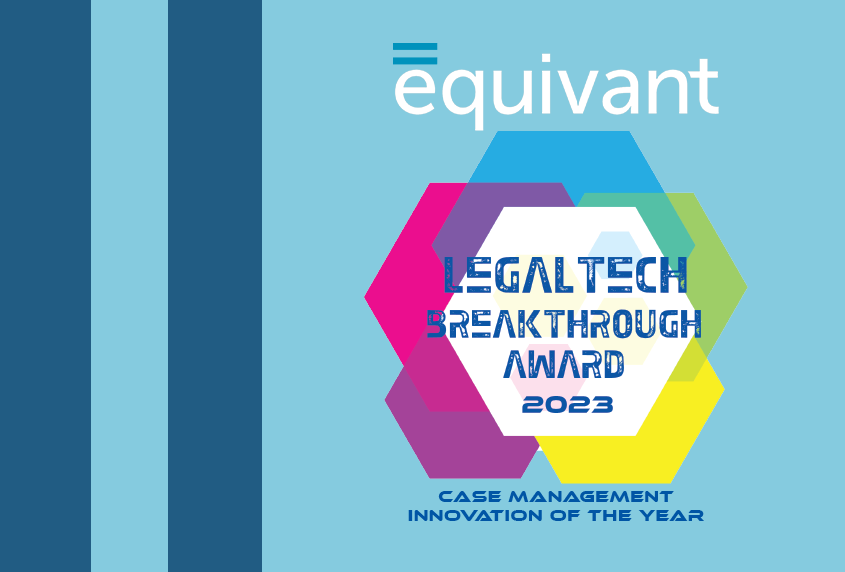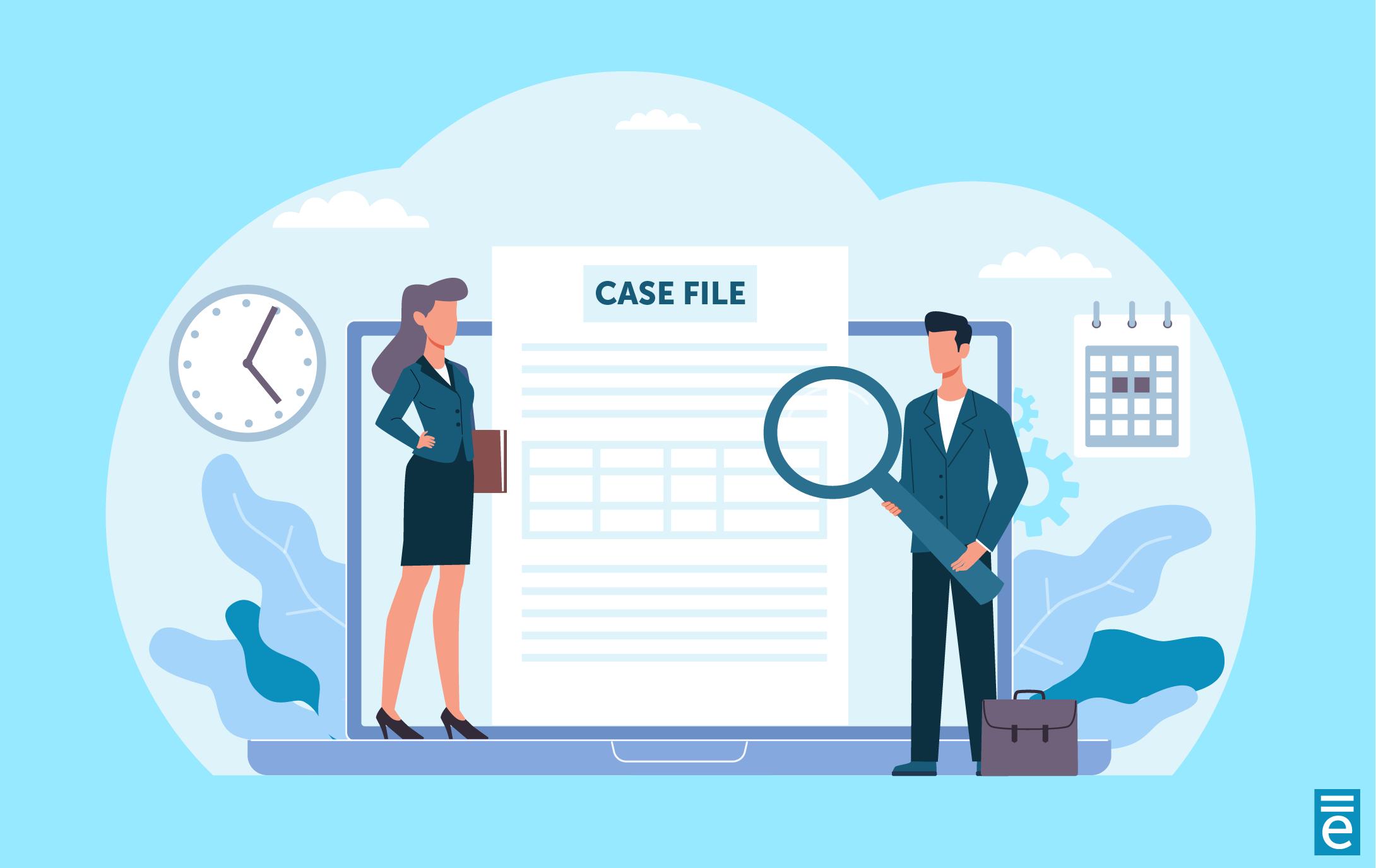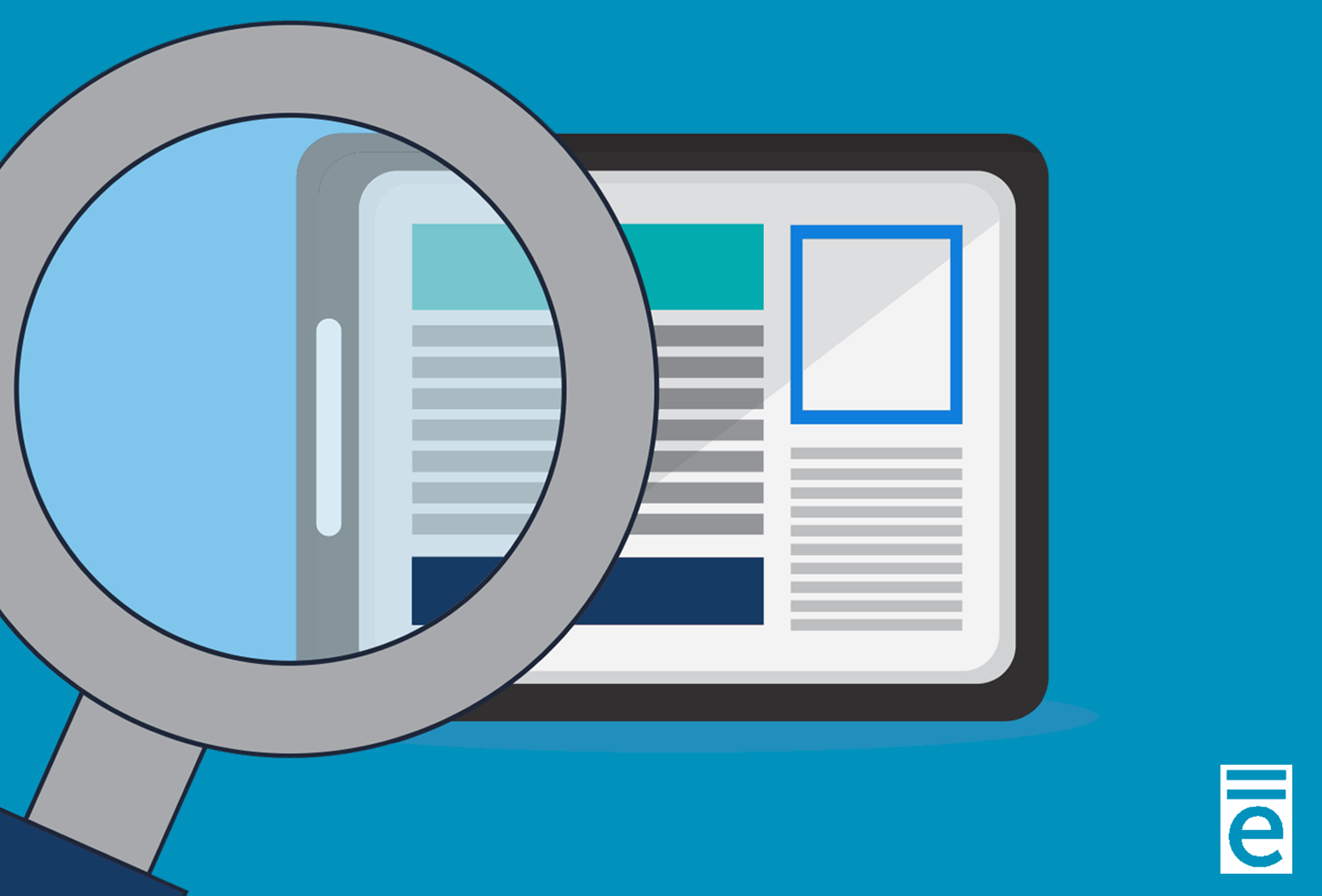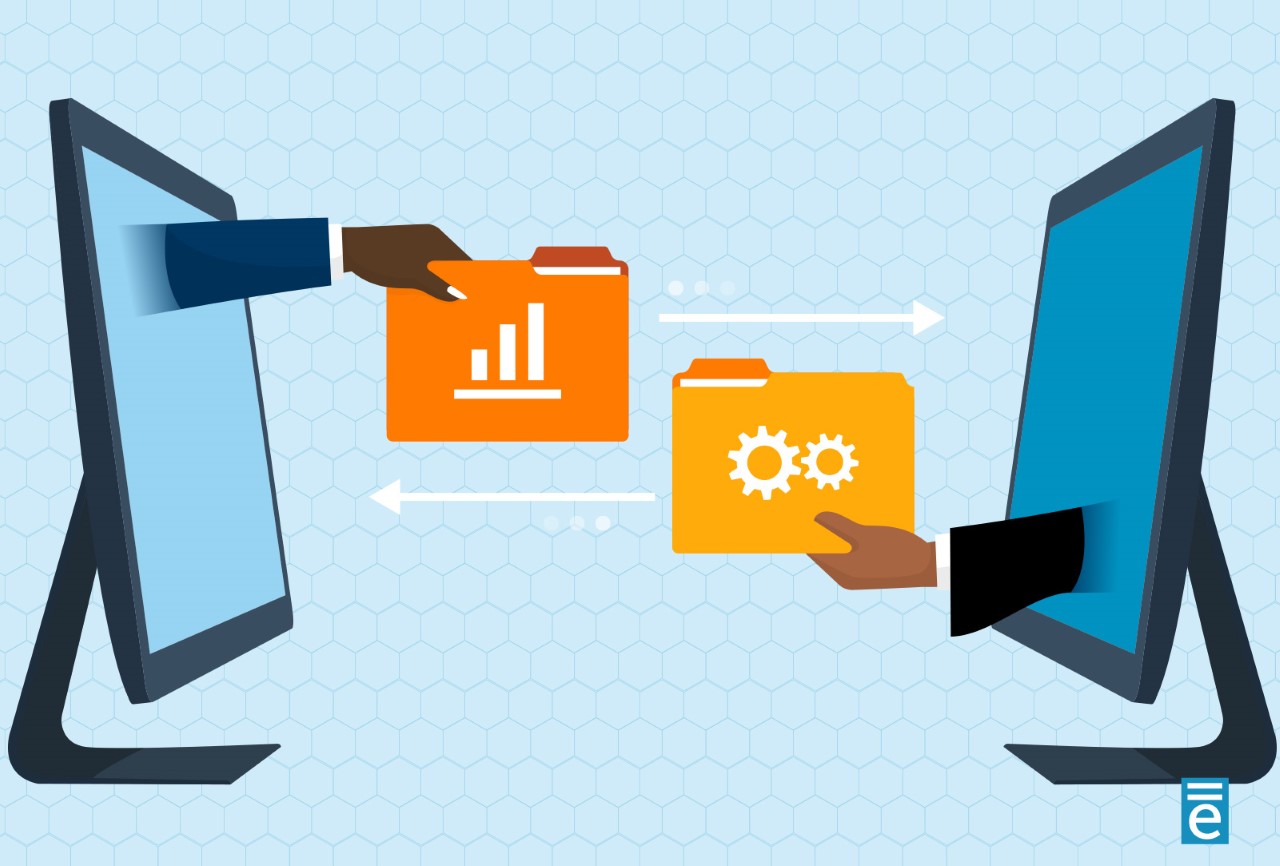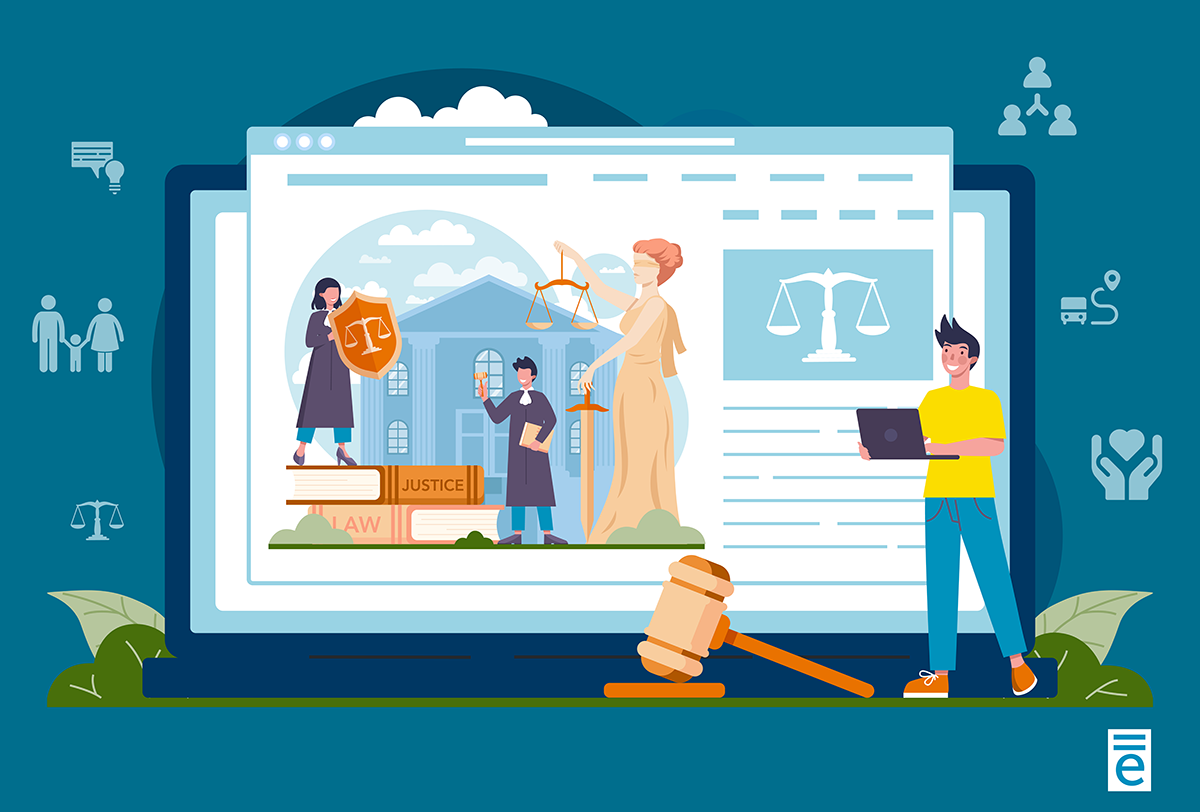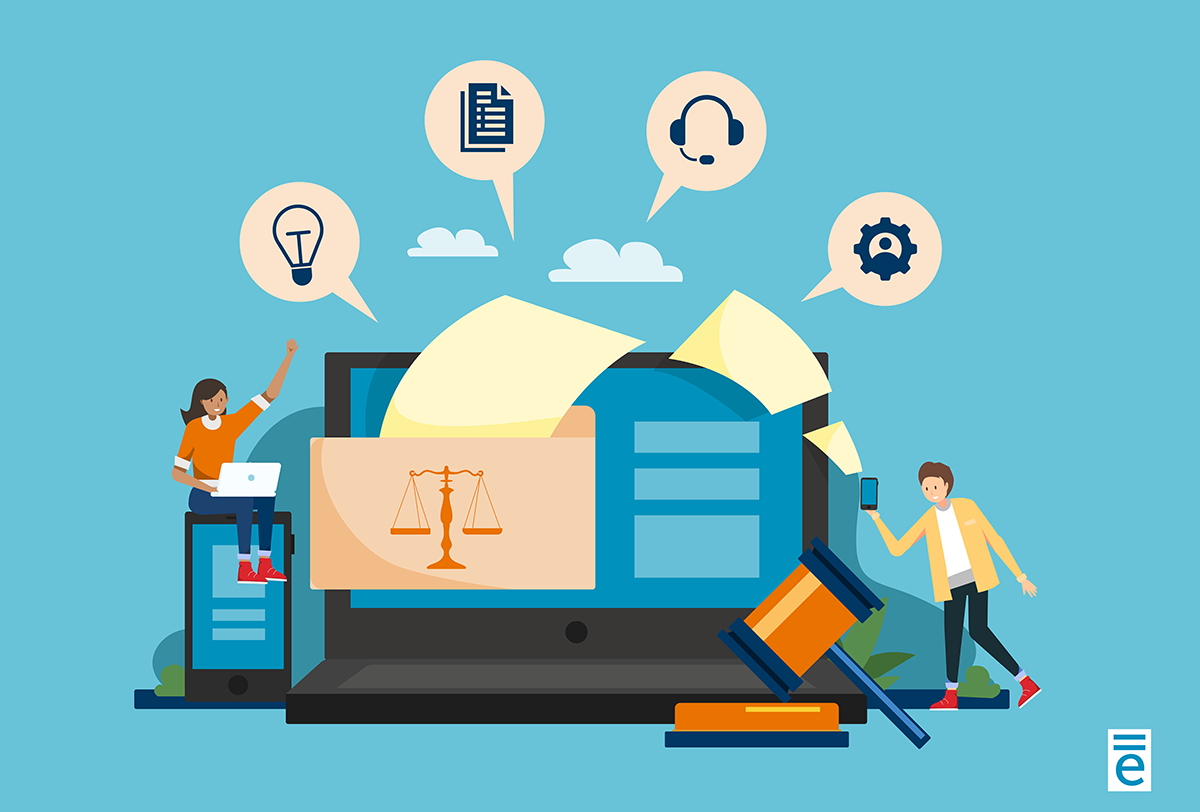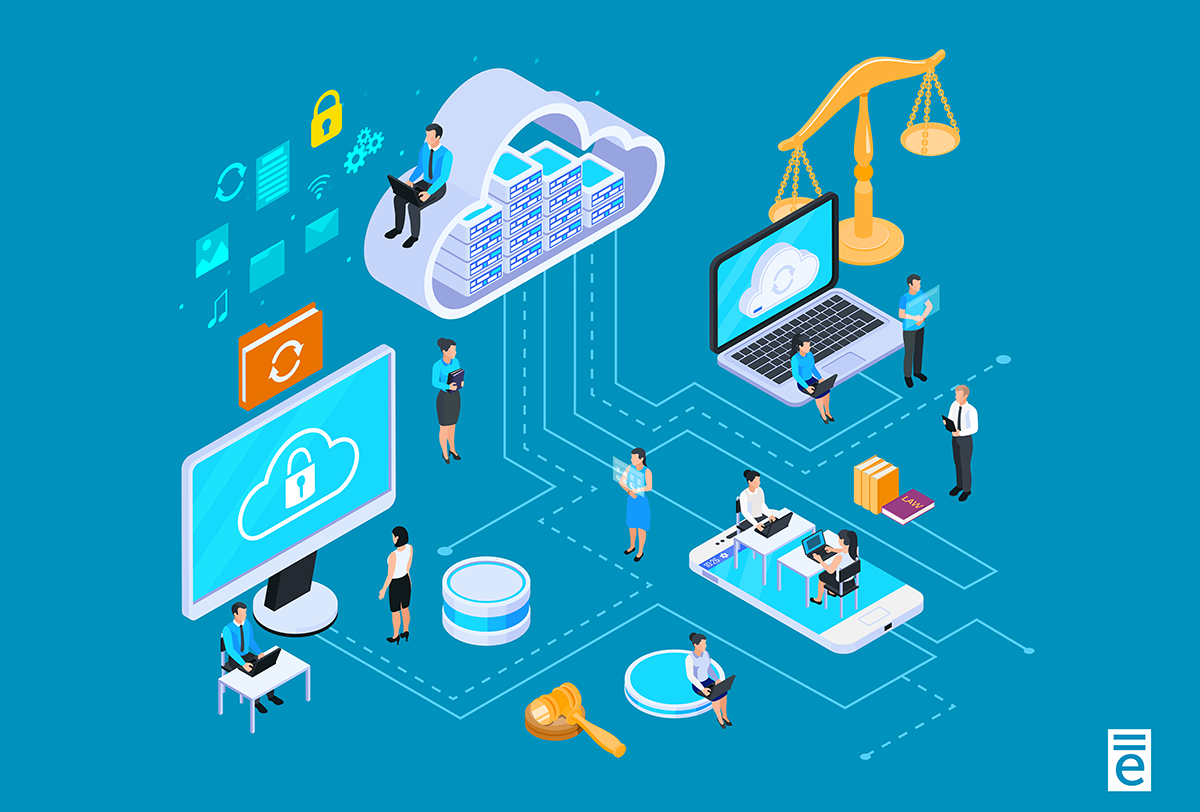Driving Innovation in the Global Legal Industry
We are honored to have received this award, and while we are proud of our company and the innovative solutions we offer, we know there is always room for improvement and will continue working to make our solutions the best they can be for our customers. Read the full post about why JWorks was selected for this award.

